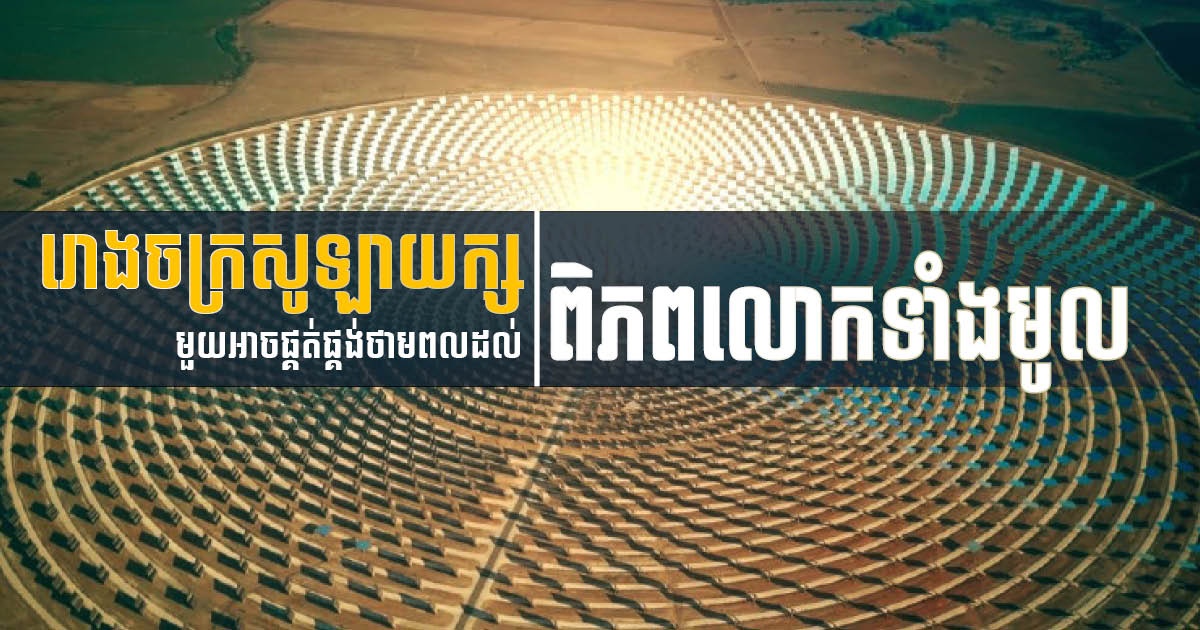Taiwanese Tech Giant ADATA Expresses Interest in Investing in Cambodia’s Technology Sector
In a significant development for Cambodia’s tech landscape, ADATA Technology Co., Ltd., a leading Taiwanese technology company, has officially expressed its interest in investing in the country’s advanced technology sector. This announcement came during a meeting between Cambodian Prime Minister Hun Manet and ADATA Chairman CHEN Simon held on April 30, 2025. During their discussion, […]
Significant Economic Growth in Cambodia as of Early 2025
In a promising development for Cambodia’s economy, the country witnessed an impressive increase in enterprises during the first quarter of 2025. The total number of registered businesses and establishments reached 45,255, adding 457 new enterprises compared to the previous quarter. This growth is further accompanied by a significant boost in employment, with the workforce now […]
Japan to Develop 50MW Biomass Power Plant in Kampong Speu
Erex Co., Ltd., a prominent Japanese investment firm, has announced plans to construct a 50MW biomass power plant in Kampong Speu province, with construction set to begin in June 2025. The ambitious project aims to bolster the region’s energy supply and provide more affordable electricity for Kampong Speu and neighboring areas. This significant announcement came […]
Groundbreaking for Cambodia’s First Electric Vehicle Assembly Plant in Sihanoukville
BYD Cambodia Co., Ltd., a subsidiary of the renowned BYD Auto Industry, has officially commenced construction of its first electric vehicle (EV) assembly plant in Cambodia. The new facility is strategically located within the Sihanoukville Special Economic Zone. His Excellency Sun Chanthol, Deputy Prime Minister and First Vice Chairman of the Council for the Development […]
DEEM ALMASEAH Sets Sights on Expanding Investments in Cambodia’s Infrastructure
In a significant development for Cambodia’s economic landscape, DEEM ALMASEAH FOR TRADING Co., Ltd has expressed its intent to invest in the country’s burgeoning infrastructure and telecommunications sectors. This commitment was unveiled during a meeting between Prime Minister Hun Sen and Mr. Salem Mubarak Salem Al-Hadhyan, the company’s CEO, on April 25, 2025. Mr. Al-Hadhyan […]
Cambodia Welcomes 18 New Investment Projects Worth USD 361 Million
In a significant economic boost, Cambodia has approved 18 new investment projects, totaling an impressive USD 361 million, to enhance the agriculture and industrial sectors across seven provinces and cities. These projects have been officially registered with the Council for the Development of Cambodia. On April 25, 2025, a meeting chaired by His Excellency Chea […]



 ខ្មែរ
ខ្មែរ







